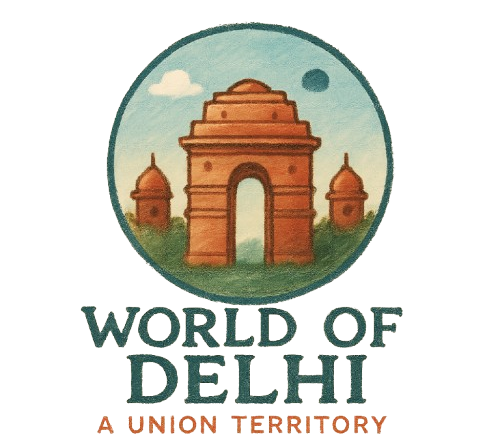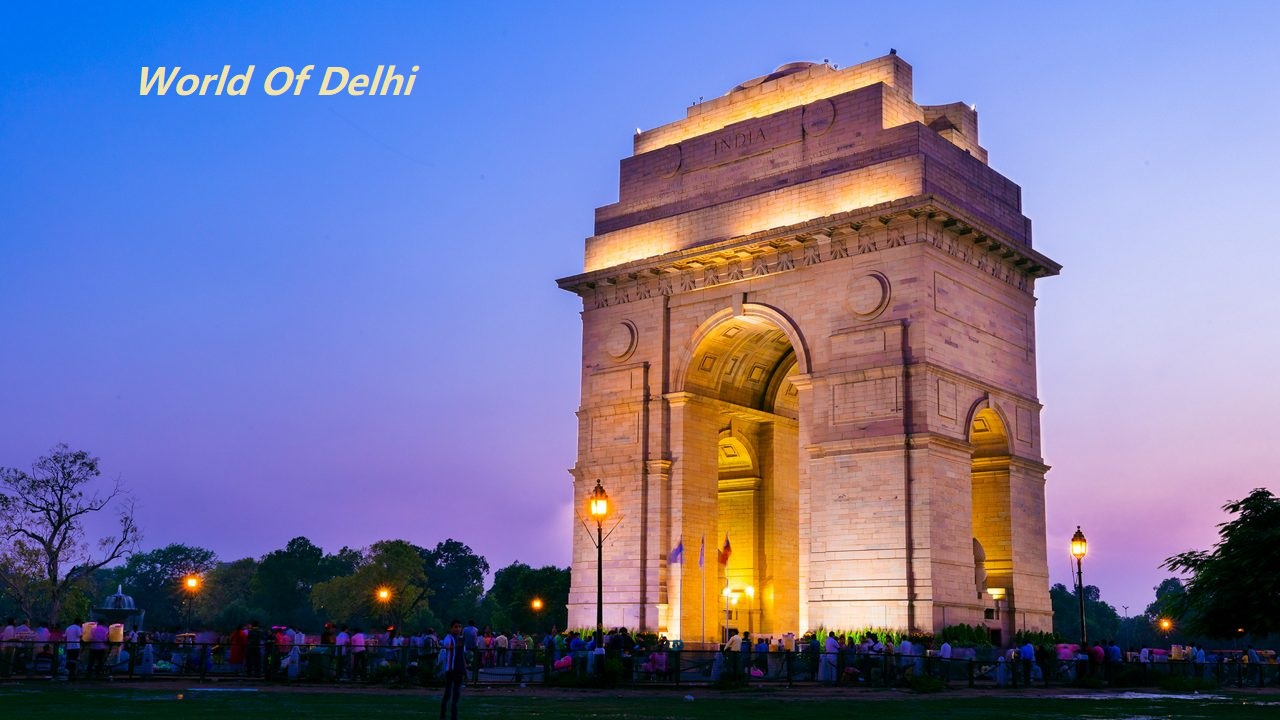Delhi, officially known as the National Capital Territory (NCT) of Delhi, stands as a vibrant testament to India’s rich history, diverse culture, and rapid modernization. Serving as the political and cultural epicenter, Delhi seamlessly blends its ancient heritage with contemporary advancements. This article delves into the multifaceted aspects of Delhi, encompassing its historical significance, economic prowess, cultural diversity, infrastructural developments, environmental challenges, and future prospects.
1. Historical Significance
Delhi’s history spans several millennia, with evidence of continuous habitation dating back to the 6th century BCE. Throughout its existence, Delhi has been the capital of various empires, including the Maurya, Gupta, Delhi Sultanate, Mughal, and British Raj. This rich tapestry of rulers has endowed the city with a plethora of architectural marvels and cultural landmarks.
Key Historical Sites:
- Red Fort: A UNESCO World Heritage Site, this Mughal fortress symbolizes India’s struggle for independence.
- Qutub Minar: The tallest brick minaret globally, reflecting Indo-Islamic architecture.
- Humayun’s Tomb: A precursor to the Taj Mahal, showcasing Persian influence on Mughal architecture.
- India Gate: A war memorial honoring soldiers who died in World War I.
2. Geographical Overview
Situated in northern India, Delhi spans an area of approximately 1,483 square kilometers. It shares borders with the states of Haryana and Uttar Pradesh. The Yamuna River flows through the city, serving as a crucial water source and adding to its scenic beauty.
3. Demographics
As of 2024, Delhi’s population is estimated to be over 33 million, making it one of the most populous cities globally. This demographic diversity is a microcosm of India’s pluralistic society.
Population Breakdown:
- Languages Spoken: Hindi is the predominant language, with significant speakers of Punjabi, Urdu, Bengali, and English.
- Religious Composition: Hinduism is the major religion, followed by Islam, Sikhism, Christianity, and others.
4. Economic Landscape
Delhi boasts a robust and diverse economy, contributing approximately 4% to India’s Gross Domestic Product (GDP), despite housing just 1.5% of the nation’s population.
Gross State Domestic Product (GSDP):
- 2022-23: ₹10.14 lakh crore (approximately $130 billion), with a growth rate of 7.85%.
- 2023-24 (Projected): ₹11.07 lakh crore (approximately $133.79 billion), indicating a growth rate of 9.18%.
Per Capita Income:
- 2022-23: ₹444,768, reflecting a 14.18% increase from the previous year.
Sectoral Contribution:
- Services Sector: Dominates with an 84.84% contribution to the Gross State Value Added (GSVA) in 2022-23.
- Industry Sector: Accounts for 12.53% of the GSVA.
- Agriculture Sector: Contributes 2.63% to the GSVA.
5. Infrastructure and Transportation
Delhi’s infrastructure has seen significant advancements, positioning it as a leading metropolis in India.
Delhi Metro:
Initiated in 1998, the Delhi Metro has revolutionized urban transportation in the city. As of 2024, it is the seventh busiest metro network globally, with ongoing expansions under Phase-IV expected to enhance connectivity further.
Road Network:
An extensive road network facilitates intra-city and inter-city travel, with projects like the Eastern and Western Peripheral Expressways reducing congestion.
Air Connectivity:
Indira Gandhi International Airport serves as a major hub, connecting Delhi to domestic and international destinations.
6. Education and Research
Delhi is home to several premier educational and research institutions, attracting students nationwide.
Notable Institutions:
- University of Delhi (DU): Renowned for its diverse programs and esteemed faculty.
- Indian Institute of Technology Delhi (IIT Delhi): A leading engineering institution recognized globally.
- All India Institute of Medical Sciences (AIIMS): A premier medical research and treatment facility.
7. Cultural Diversity
Delhi’s cultural mosaic is a blend of traditions, festivals, cuisines, and arts from across India.
Festivals Celebrated:
- Diwali: The festival of lights, marked by grand celebrations.
- Eid: Celebrated with communal prayers and feasts.
- Christmas: Observed with enthusiasm, reflecting the city’s secular fabric.
- Gurpurab: Commemorating the birth anniversaries of Sikh Gurus.
Culinary Landscape:
From street food in Chandni Chowk to upscale restaurants in Connaught Place, Delhi offers a gastronomic journey featuring Mughlai, Punjabi, South Indian, and international cuisines.
8. Environmental Challenges
Despite its advancements, Delhi faces significant environmental issues, notably air pollution and waste management.
Air Pollution:
The city frequently records hazardous Air Quality Index (AQI) levels, attributed to vehicular emissions, industrial activities, construction dust, and stubble burning in neighboring states.

